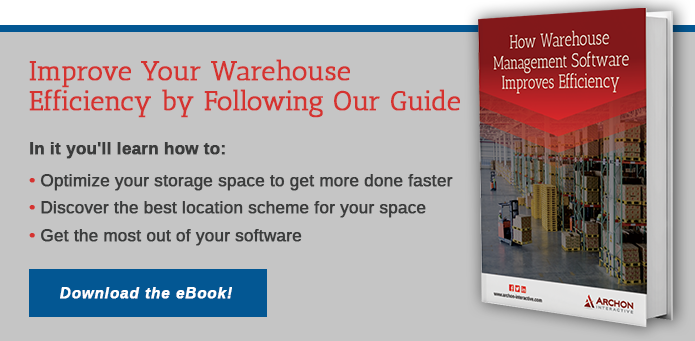 There are three major factors that drive and influence the adoption of any Warehouse Management System. In order for a successful implementation to take place, the process needs to find a balance between cost, time and the competition. Here is a breakdown of how all three play together to set the pace for your new Warehouse Management System.
There are three major factors that drive and influence the adoption of any Warehouse Management System. In order for a successful implementation to take place, the process needs to find a balance between cost, time and the competition. Here is a breakdown of how all three play together to set the pace for your new Warehouse Management System.
Cost
Cost is usually the first thing we think of when it comes to implementing any new technology in a warehouse. Cost is not just a measure of the software, hardware and servicing, but also a matter of labor, productivity and efficiency. Measuring the cost is really about the net difference between making the investment and realizing operational gains and what your P&L will look like if you don't make the move and continue to operate as is.
Timeline
Completing a system upgrade to a modern Warehouse Management System is a months long process. It is typically done in stages, and regular stops are made along the way for training each department up to the new system's requirements. A major concern during adoption and implementation is being able to stay on track with the project deadlines, meeting milestones along the way. Any delays could end up costing the company more. It is imperative that companies set reasonable expectations for the implementation process and hire a qualified team to handle the rollout and training.
Competition
A factor that is often left out of discussions is the competition. Competition is important because it can affect your cost and your timeline. If your competition has already made the jump, the pressure is on you to keep up. Failing to do so has a relatively high opportunity cost if your competition is suddenly able to ship more units or attract better employees. Awareness of what the competition is doing can also provide you with some insight about tools that they missed, and opportunities for you to customize your WMS to beat them at the game.
These are three key factors that come up in any successful Warehouse Management System launch. They answer the what, the how, the when and the how much questions. You should be looking at all three when you make big decisions early in your planning stages so that you can be prepared to stick through the adoption process as each new layer is introduced. With the right set of guidelines and the right team to help you with the process, you can come out on top.




